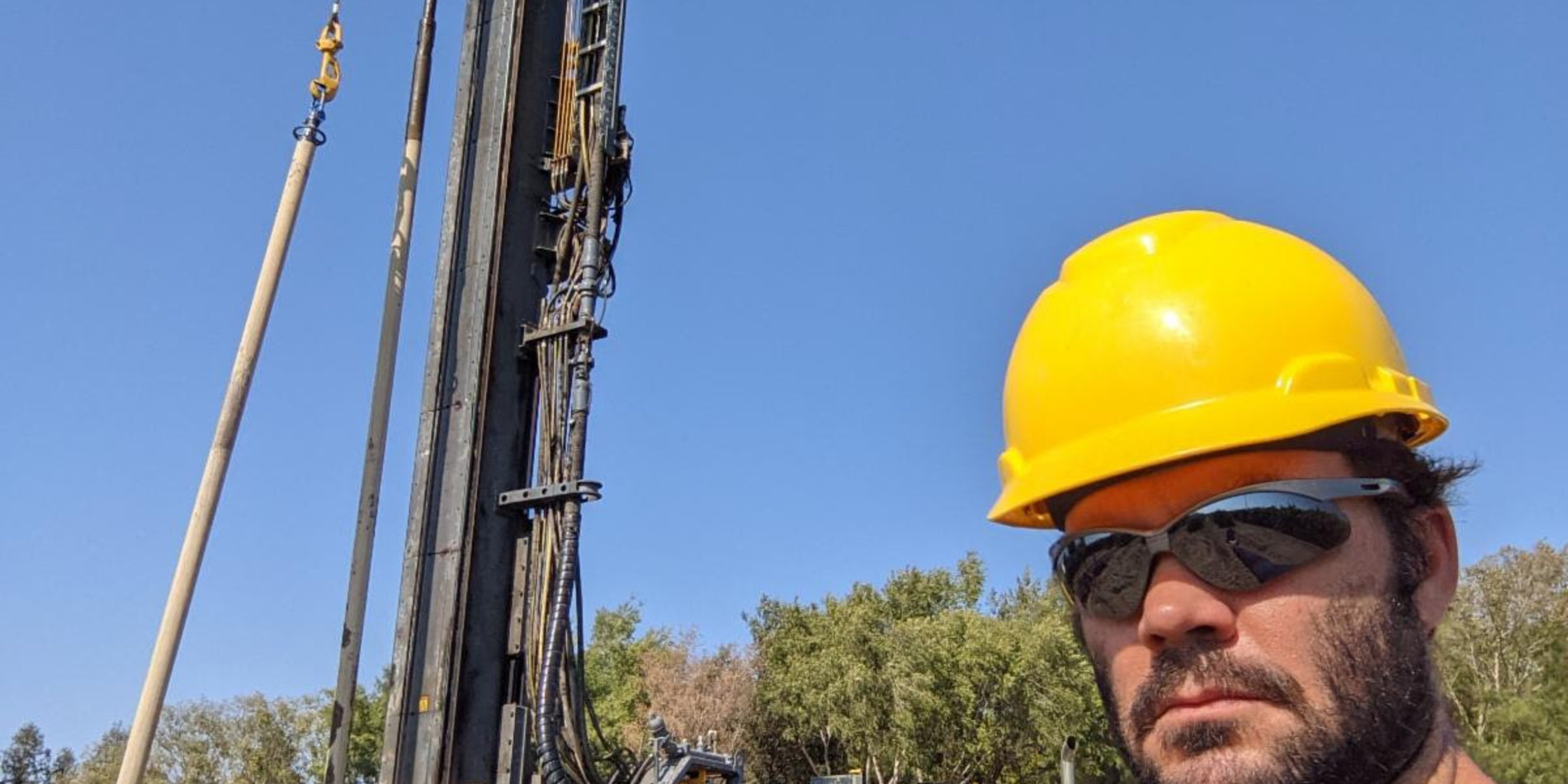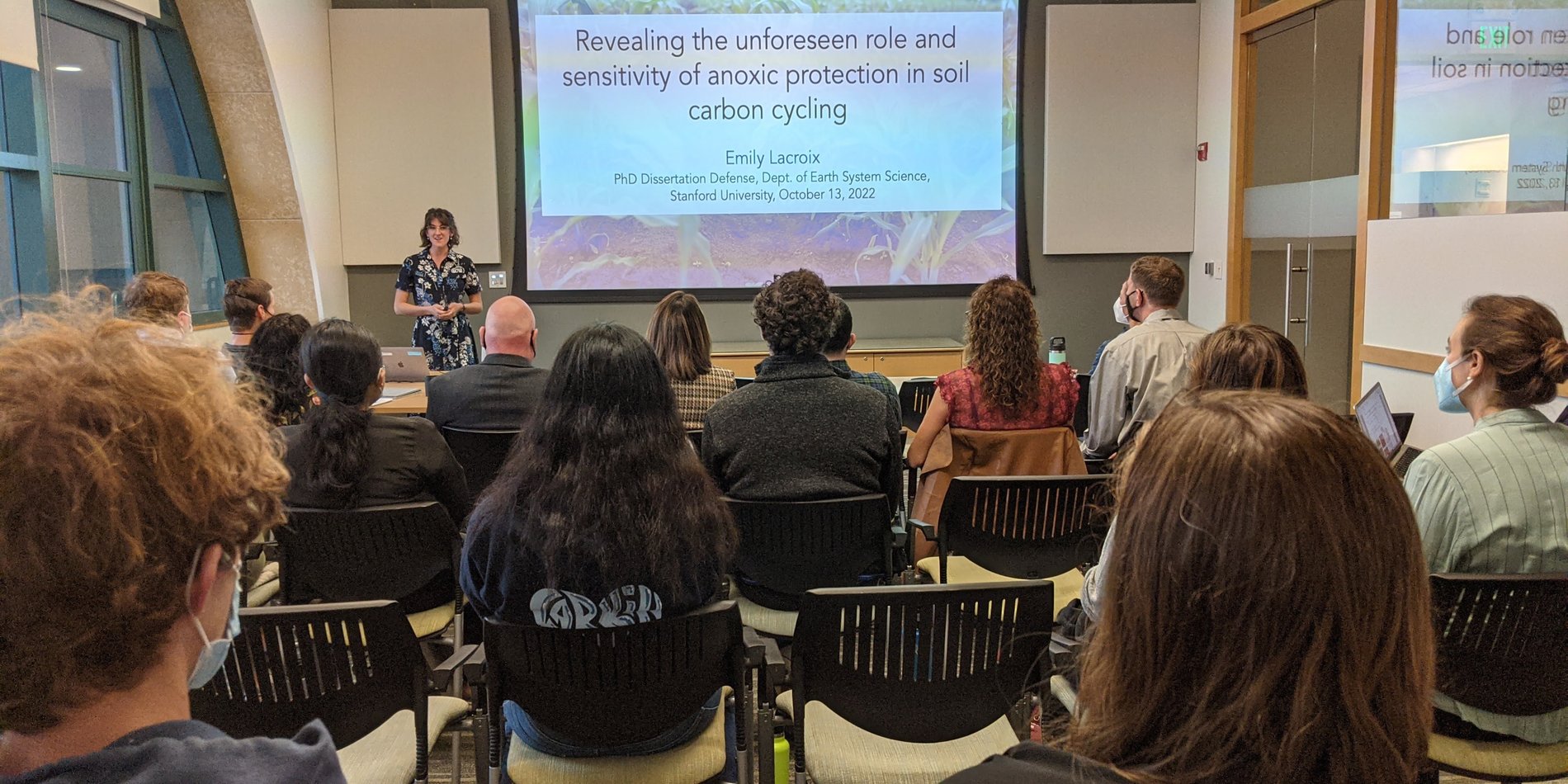New study allows regional prediction of uranium in groundwater
By Danielle Torrent Tucker
Lurking in sediments and surrounding the precious groundwater beneath our feet is a dangerous toxin: uranium. Scientists have long known this and tested for it. But now Stanford researchers have identified the trigger that causes naturally occurring uranium to dislodge from sediments and seep into groundwater, pointing to a solution for managing the toxin before it becomes a problem.
In a new regional model that combines aquifer information with soil properties for predicting groundwater quality, the researchers pinpointed the factors associated with uranium contamination. The research, published in Environmental Science & Technology Dec. 8, indicates that calcium concentrations and soil alkalinity are key determining factors of uranium groundwater contamination in California’s Central Valley. The findings will be especially important as water managers plan for a future with more people and less water available from snowpack in a warming world.
Click for more... or Here for Stanford New Release
Image Caption: Searsville Lake, a water reservoir in northern California, was completely dry in November 2020. New research identifies the trigger that causes naturally occurring uranium to dislodge from sediments and seep into groundwater, important information as water managers plan for a future with more people and less water in a warming world. (Image credit: Nona Chiariello / Jasper Ridge Biological Preserve)


